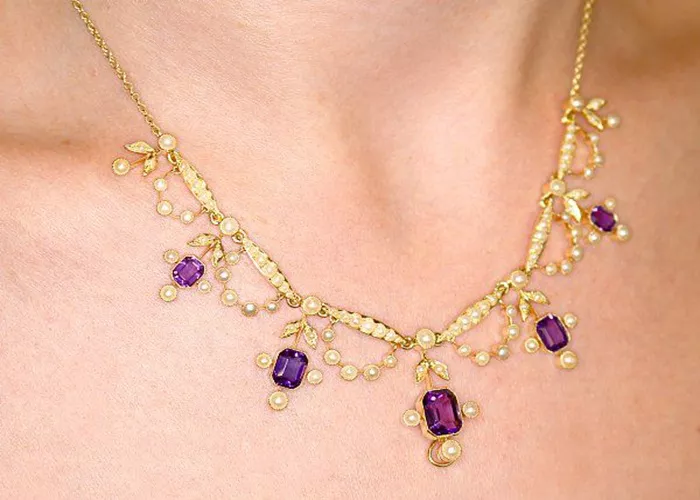The global gemstone market is expected to grow strongly over the next ten years. Experts predict that the market will increase from about USD 36 billion in 2025 to over USD 68 billion by 2035. This means the industry will grow at an average rate of 6.6% per year. The growth is driven by rising demand for personalized and ethically sourced jewelry. Additionally, gemstones are becoming more popular as real investment assets. Together, these factors are pushing the industry into a new and dynamic phase.
Rising Demand for Custom and Designer Jewelry
A major reason for this growth is the growing popularity of custom-designed jewelry. Younger consumers, especially millennials and Gen Z, want jewelry that shows their unique style. They prefer colored gemstones like sapphires, emeralds, rubies, amethysts, and tourmalines. This has increased the demand for both precious and semi-precious stones.
Online shopping platforms and new digital tools that allow virtual try-ons have also made it easier for customers to design and buy gemstone jewelry. This has expanded the market and boosted global sales.
Ethical Sourcing and Sustainability Changing the Industry
The gemstone industry is also changing due to rising awareness about ethical and sustainable sourcing. Buyers want to know where their gemstones come from. This demand is encouraging brands to be more transparent about their supply chains. The rise of conflict-free gemstones and the use of blockchain technology to track gemstones are gaining importance. These measures help build trust and improve the industry’s reputation.
Lab-grown gemstones are another important trend. They have the same physical and chemical qualities as natural stones but do not harm the environment like traditional mining. This option is expected to grow and add variety to the market.
Regional Markets Leading Growth
The Asia-Pacific region leads the global gemstone market. Countries like India, China, and Thailand are major players. India is known for its strong cutting and polishing industry. Rising incomes in the region are increasing demand for colored gemstones and custom jewelry.
North America is growing fast, driven by consumers who care about ethical sourcing and lab-grown stones. Younger buyers, in particular, show strong interest in sustainability. The U.S. market also sees more demand for gemstones as investments.
Europe remains a hub for luxury gemstones. Countries such as Italy and France focus on high-quality craftsmanship and ensuring traceability. European consumers prefer sustainably sourced gemstones, aligning with strict local regulations.
The Middle East and Africa have a mix of rich gemstone supplies and rising demand for luxury goods. The UAE and Saudi Arabia lead consumption of high-value stones. Meanwhile, African nations are working on processing gemstones locally to add more value.
Latin America, with countries like Brazil and Colombia, has great potential due to its abundant gemstone resources and growing markets. Government support and a rising middle class are supporting steady growth.
Challenges in the Gemstone Market
Despite strong growth prospects, the industry faces several challenges:
- Lack of Standards and Transparency: The gemstone market is still fragmented. There are no global rules for grading, certification, or pricing. This lack of clear standards can hurt consumer trust and make trading difficult, especially for expensive stones.
- Ethical and Environmental Issues: Problems like conflict gemstones, child labor, and harmful mining practices continue. Buyers and regulators demand full traceability. This puts pressure on companies and miners to adopt sustainable methods.
- Supply Chain Risks: Political instability, changing regulations, and logistical problems in gemstone-producing countries can disrupt supply. Some mining areas also lack infrastructure for efficient processing and export.
- Competition from Lab-Grown Stones: Lab-grown gems offer a cheaper and eco-friendly alternative. They challenge the natural gemstone market by changing how buyers see value. Traditional sellers must focus on branding, authenticity, and proven origin to stay competitive.
- Counterfeit and Fake Products: The market faces risks from fake or synthetic gemstones being sold as natural, especially online. This hurts consumer confidence and damages the reputation of genuine sellers.
Related topics:
- PC Jeweller Shares Rise After Strong Q4 2025 Results
- Jewelers Coin & Loan Co. Offers Free Parking to Customers
- Everyday Jewelry Can Spread Germs if Not Cleaned Regularly


